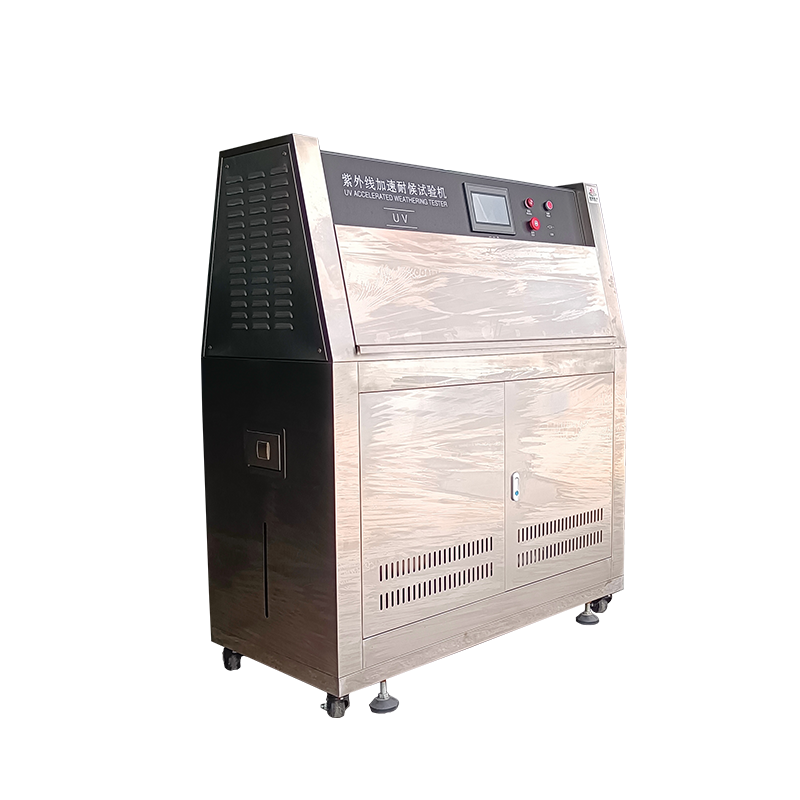
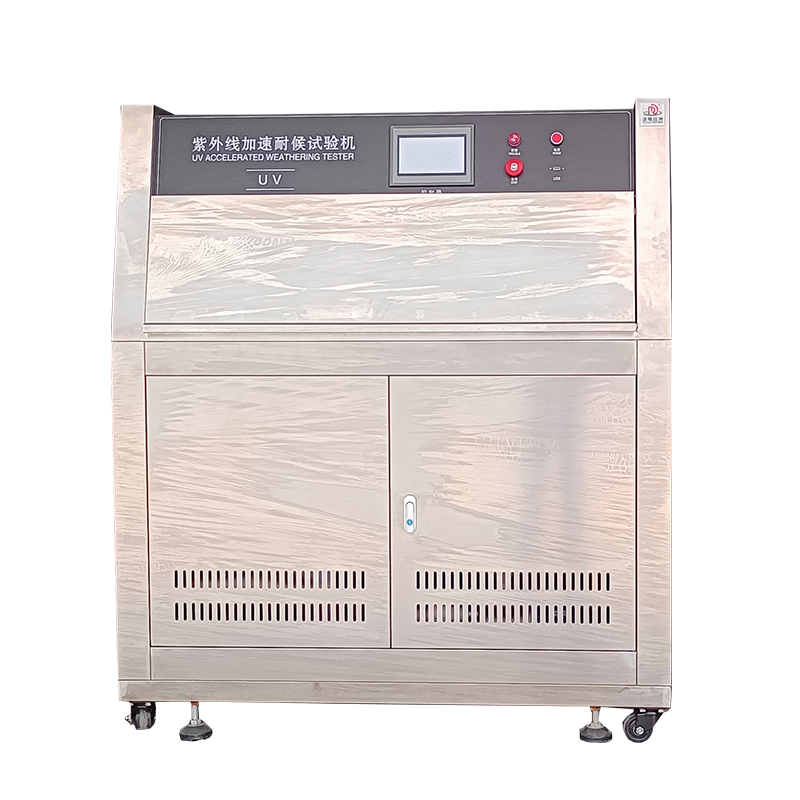
OEM UV Test Equipment for Bulk Adhesive Shear Strength Testing in Textiles
Product Details:
OEM UV Test Equipment for Bulk Adhesive Shear Strength Testing in Textiles Price And Quantity
- 1 Unit
- 361800.0 INR/Unit
OEM UV Test Equipment for Bulk Adhesive Shear Strength Testing in Textiles Trade Information
- Cash in Advance (CID)
- 80 Unit Per Month
- 10 Days
- All India
Product Description
The UV Test Equipment for Adhesive Bond Strength is a cutting-edge laboratory system designed to evaluate the durability and performance of adhesives under prolonged ultraviolet (UV) exposure, temperature fluctuations, and humidity cycles. Compliant with ASTM D904, ISO 4892-3, and BIS standards, this equipment simulates real-world environmental stressors to ensure adhesives maintain bond integrity in demanding applications, from automotive assembly to aerospace manufacturing. Tailored for Indias industrial sector, it addresses critical quality control needs while enhancing product reliability.
Technical Specifications
-
UV Light Source & Spectral Control
-
UVA-340 Lamps: Simulate solar UV wavelengths (295365 nm) with adjustable irradiance (0.51.5 W/m @ 340 nm).
-
Spectral Filters: Quartz filters ensure precise UV-A dominance, minimizing infrared (IR) interference.
-
-
Environmental Controls
-
Temperature Range:
-
Ambient: 10C to 80C (1C accuracy).
-
Bond Surface Temperature: Up to 120C (1.5C) for high-stress adhesive testing.
-
-
Humidity Control: 10%98% RH (3% stability) with cyclic condensation for monsoon-like conditions.
-
-
Bond Strength Testing
-
Integrated Load Cell: Measures tensile/shear strength (05000 N) with 0.5% accuracy.
-
Test Fixtures: Customizable grips for lap shear, peel, and cleavage tests (ASTM D1002, D1876).
-
-
Chamber Design
-
Sample Capacity: Benchtop (50L) to industrial (500L), accommodating bonded specimens up to 30cm x 30cm.
-
Material: Corrosion-resistant stainless steel interior, UV-transparent quartz windows.
-
Safety Features: Overload protection, emergency stop, and leakage detection.
-
-
Automation & Data Management
-
Programmable Test Cycles: Pre-set UV/thermal/humidity profiles for ASTM D904 compliance.
-
Touchscreen Interface: Real-time monitoring of bond strength, UV irradiance, and environmental parameters.
-
Data Export: Generate compliance reports (CSV/PDF) with failure modes, load curves, and YI (yellowing index).
-
Key Applications
-
Automotive Adhesives:
-
Validate UV resistance of structural bonds in body panels, trim, and EV battery housings.
-
-
Aerospace Components:
-
Test epoxy and acrylic adhesives for composite bonding under high-altitude UV exposure.
-
-
Electronics Manufacturing:
-
Assess adhesive degradation in PCB encapsulation and display lamination.
-
-
Construction Materials:
-
Evaluate sealants and adhesives for faade panels under tropical UV/humidity stress.
-
Compliance & Certifications
-
ASTM D904: Standard Practice for Exposure of Adhesive Specimens to Artificial Light.
-
ISO 4892-3: PlasticsExposure to Fluorescent UV Lamps.
-
Indian Standards: BIS-compatible testing (IS 16046) and NABL-accredited calibration.
-
Certifications: CE, RoHS, ISO 9001:2015.
Advantages for Indian Industries
-
High Precision:
-
0.5% load cell accuracy ensures reliable bond strength measurements.
-
-
Climate Adaptability:
-
Simulate Indias extreme conditions (e.g., desert UV, coastal humidity).
-
-
Energy Efficiency:
-
Inverter-driven systems reduce power consumption by 25% versus traditional models.
-
-
Localized Support:
-
Service hubs in Mumbai, Delhi, and Chennai provide installation, training, and spare parts.
-
FAQs (UV Test Chamber Condensation Cycle Testing)
Q1: How does UV exposure affect adhesive bond strength?
A: UV radiation degrades polymer chains, causing brittleness and bond failure; this equipment quantifies such effects under controlled conditions.
Q2: Can it test UV-curable adhesives?
A: Yescustom profiles simulate curing and post-cure UV exposure for hybrid adhesives.
Q3: What is the typical test duration?
A: Tests range from 48500 hours, depending on adhesive type and irradiance settings.
Q4: How to maintain load cell accuracy?
A: Calibrate quarterly using NIST-traceable weights; avoid overloading beyond 80% capacity.
Q5: Does it comply with BIS standards?
A: Yespre-set profiles align with IS 16046 for industrial adhesives.

Price:
- 50
- 100
- 200
- 250
- 500
- 1000+




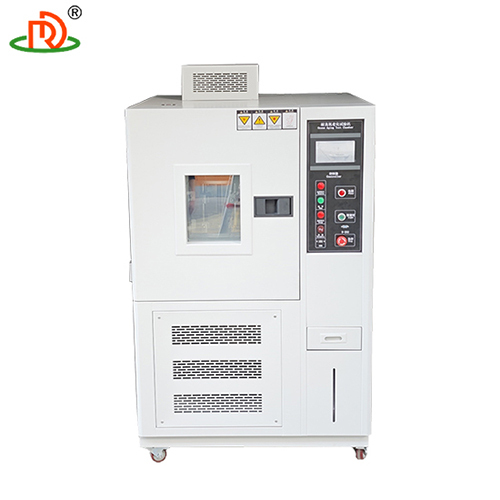
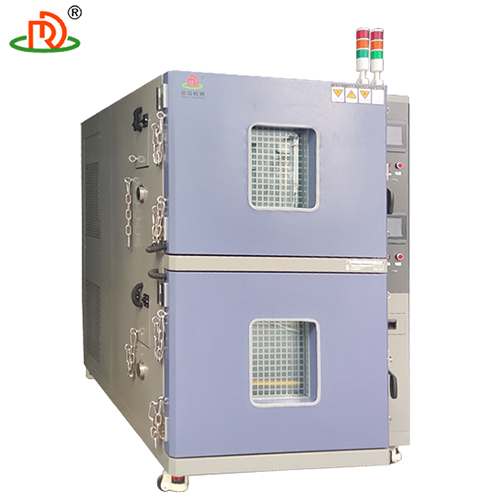
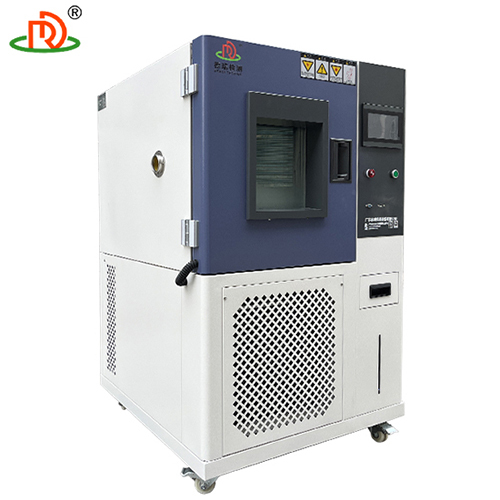
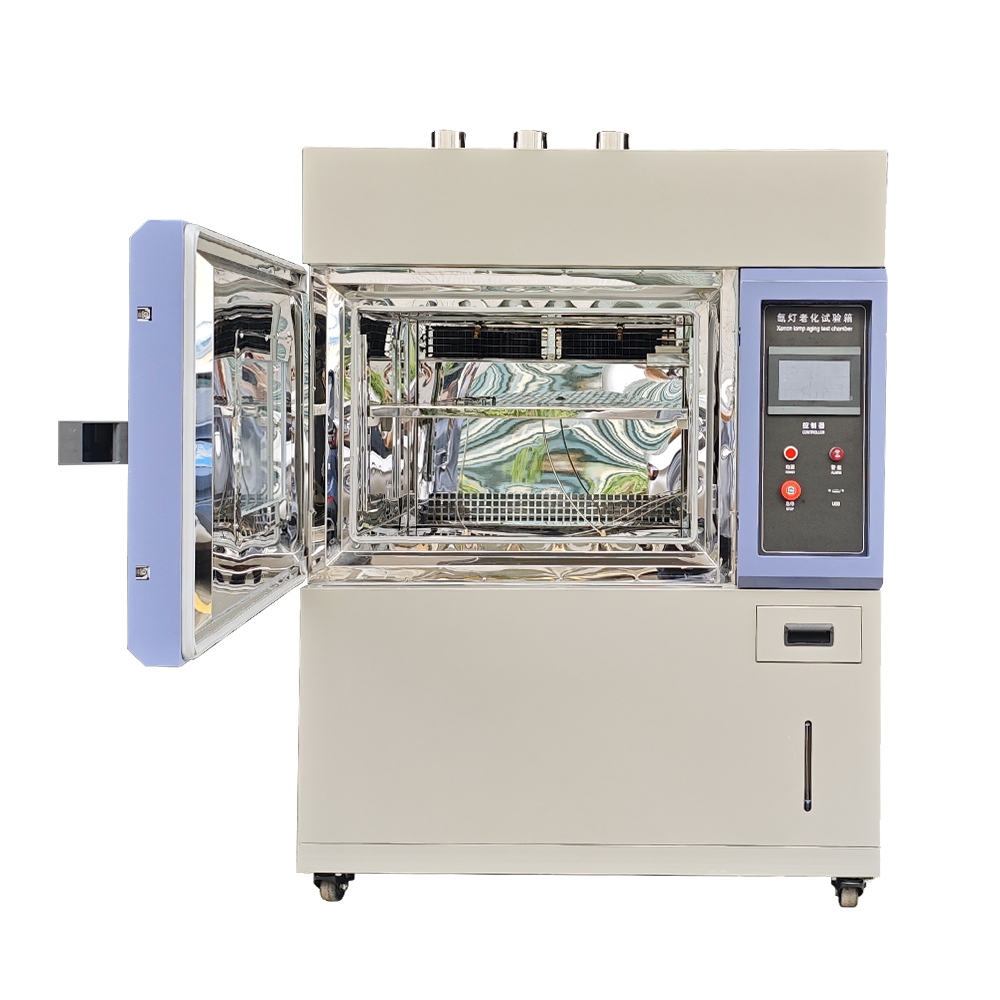

 English
English Spanish
Spanish French
French German
German Italian
Italian Chinese (Simplified)
Chinese (Simplified) Japanese
Japanese Korean
Korean Arabic
Arabic Portuguese
Portuguese